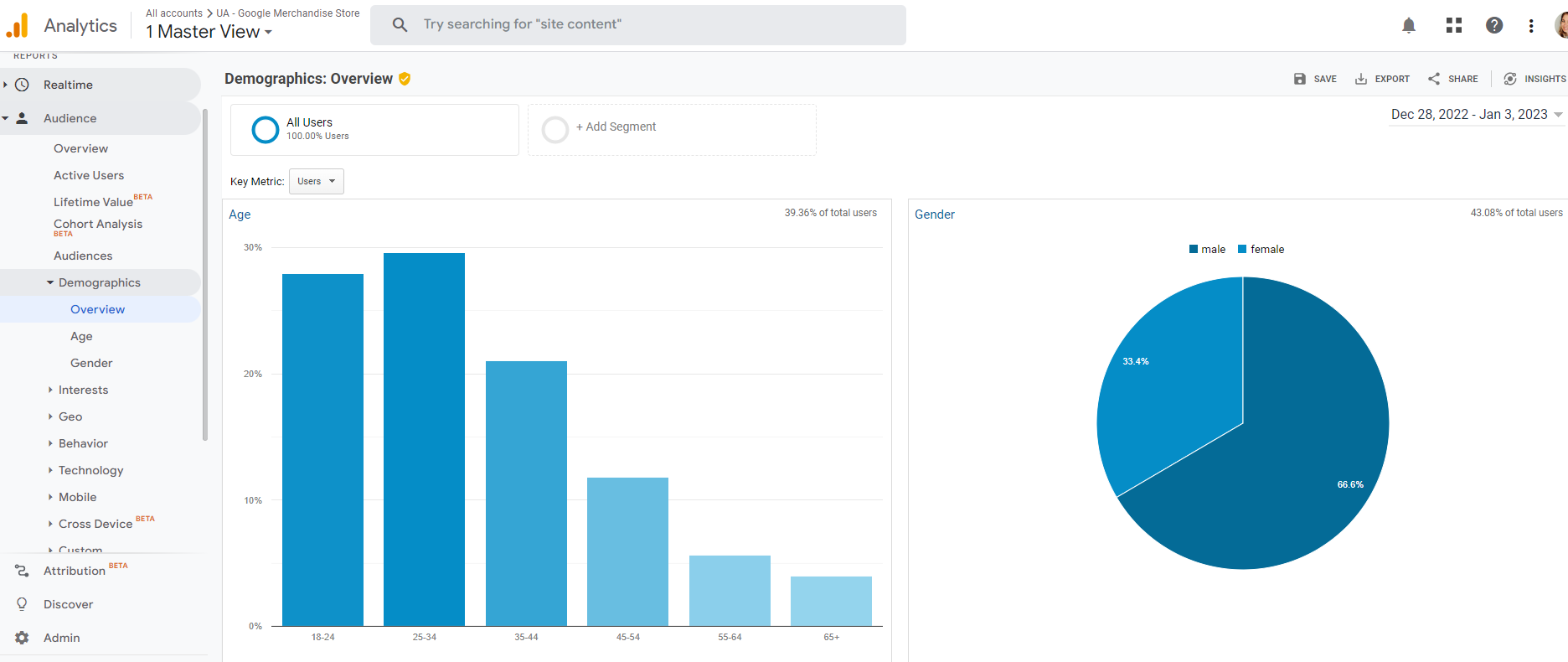Listen to this Article
No matter what kind of business you’re in, a significant part of your firm’s budget is spent on multichannel marketing and advertising. Every firm needs a steady influx of new customers to stay profitable. Once your client referrals run dry, turning to lead generation is the next logical step. But does your marketing strategy try to hit the broadest possible audience? If so, you could be sacrificing quality for quantity. We’ll explain why audience targeting can actually boost your client acquisition efforts — and lower your monthly marketing spend. Let’s get started!
Step 1: Define Your Ideal Client
You may already know your target audience, but if you don’t, let’s start there. How old is your average customer? What demographic information do most of your clients have in common (income, marital status, hobbies, interests, etc.)? Getting a good sense of your current customer base is the first step toward creating your new audience targeting strategy. If you’re starting from scratch, here are a few ways to gather key information about your customers and target audience:
Use Google Analytics for Audience Targeting Insights
Why Google Analytics? Because it provides a clear overview of your audience, or at least everyone that visits your website. It can also help you determine how people get to your site, where they came from, and track their behavior on the site.
After clicking “audience,” scroll down and open the “demographics” tab. This section breaks down site traffic by a general overview, age, and gender. Under “interests,” you’ll find additional metrics for honing your marketing strategy. With this example, you can immediately see that your audience is 66.6% female, with a target age of 18-34.

This information is vital in helping you solidify your target audience and what marketing solutions are best to reach these ideal prospects.
Create Actionable Client Personas
You can use real-life qualitative and quantitative data to identify your best, most loyal clients. This research will help you determine your buyer personas. Based on data and analysis, these semi-fictional personas represent your ideal customers. Find out what they want from your business, how you can serve their needs, and identify potential pain points. Understanding your customer’s mindset can help you refine your audience targeting approach going forward. But how do you get there?
Create a survey or interview for your clients.
You can start by asking a few simple questions to get a basic idea about their buying decisions, demographics, or whatever else you need to know.
- When did you realize you needed our service or product?
- What problems do we solve for you?
- Did anything make you hesitate before making your decision?
Keep your conversation short and sweet. The more questions you ask, the less likely they will respond or want to participate. You’ll get more responses if you get the information you need in 3 questions or less. Consider offering an incentive for filling it out.
Research your contact database.
This is the perfect location to determine trends and similarities amongst your clients. Do you see similar ages, demographics, or buying habits? Are many of your clients in the same business field? How quickly do they go from meeting you to purchasing? The more patterns and trends you can uncover, the more complete your buyer persona will be.
Utilize form fills on your landing pages.
This is a simple way to gather information from the start. But remember, the more questions you require they fill out in the form, the less likely they will complete it. So consider what aspects are most important and focus on those.
If your buyer personas are clearly in a few business areas, come from the same ads or search term, or a specific referral, make sure to ask and clarify. That way, you can continue to track those similarities, automatically.
Discuss it with your sales team.
After all, they know your clients best! Have each of your sales representatives review client records, take notes during meetings and calls, and report back with what trends they uncover.
- Do they see patterns and similarities in their best clients?
- What types of conversations, sales techniques, and buyers are most productive?
All these questions and research will help you determine your target audience and set marketing goals and solutions to reach more qualified and motivated prospects. Save time and money by going after better leads, not just any leads.
Step 2: Spy On Your Strongest Competitors
Want to know how Fred’s Insurance appears on the first page of search results after opening just two years ago? Take a look at his website to see what he’s doing differently that might help your business, too. Try a content research tool like Buzzsumo or SemRush to help outline goals and strategies. Is your competitor’s website content-rich and optimized for SEO? Or is Fred spending lots of money on PPC, CPC, and digital display ads? Maybe Fred regularly updates his blog, but your site only shows a map, business hours, phone number, and contact email.
Look at Fred’s Facebook page, X (formerly known as Twitter) handle, and LinkedIn business profile. Find out whether he’s using an affiliate network to generate referral leads. Social media can bring in business, but success rates vary by industry.
Are You Ready to Become a Client Acquisition Magnet?
Draw in more prospects, with less effort. Our FREE download can help set you on a path to success.
Step 3: A/B Test Your Audience Targeting Efforts
Once you’ve created your initial audience targeting marketing campaign, try A/B testing it against your control. This is relatively easy through social media ads, digital ads, or email platforms, thanks to their audience targeting tools. Some test results are apparent immediately; others might need longer to reach statistical significance.
Once you’ve got your winner, expand your reach even further. Combining sophisticated audience targeting with A/B tests on each marketing campaign should help you spend less money for better client acquisition results.
Audience Targeting Alternative: Outsource Your Lead Generation Needs
If creating your own audience targeting campaign and going through multiple rounds of A/B testing sounds stressful, we can help. Our team has almost 30 years of customer acquisition experience. We use innovative technology and advanced multichannel marketing techniques to locate and engage with your ideal audience – wherever they are.
When you partner with LeadingResponse, your business reaps the benefits of implementing a data-driven marketing strategy that utilizes audience targeting. Best of all, we take all that extra work off your plate so you can focus on closing new clients. Are you ready to learn more? Request your free consultation now, and put LeadingResponse to work for your business!








